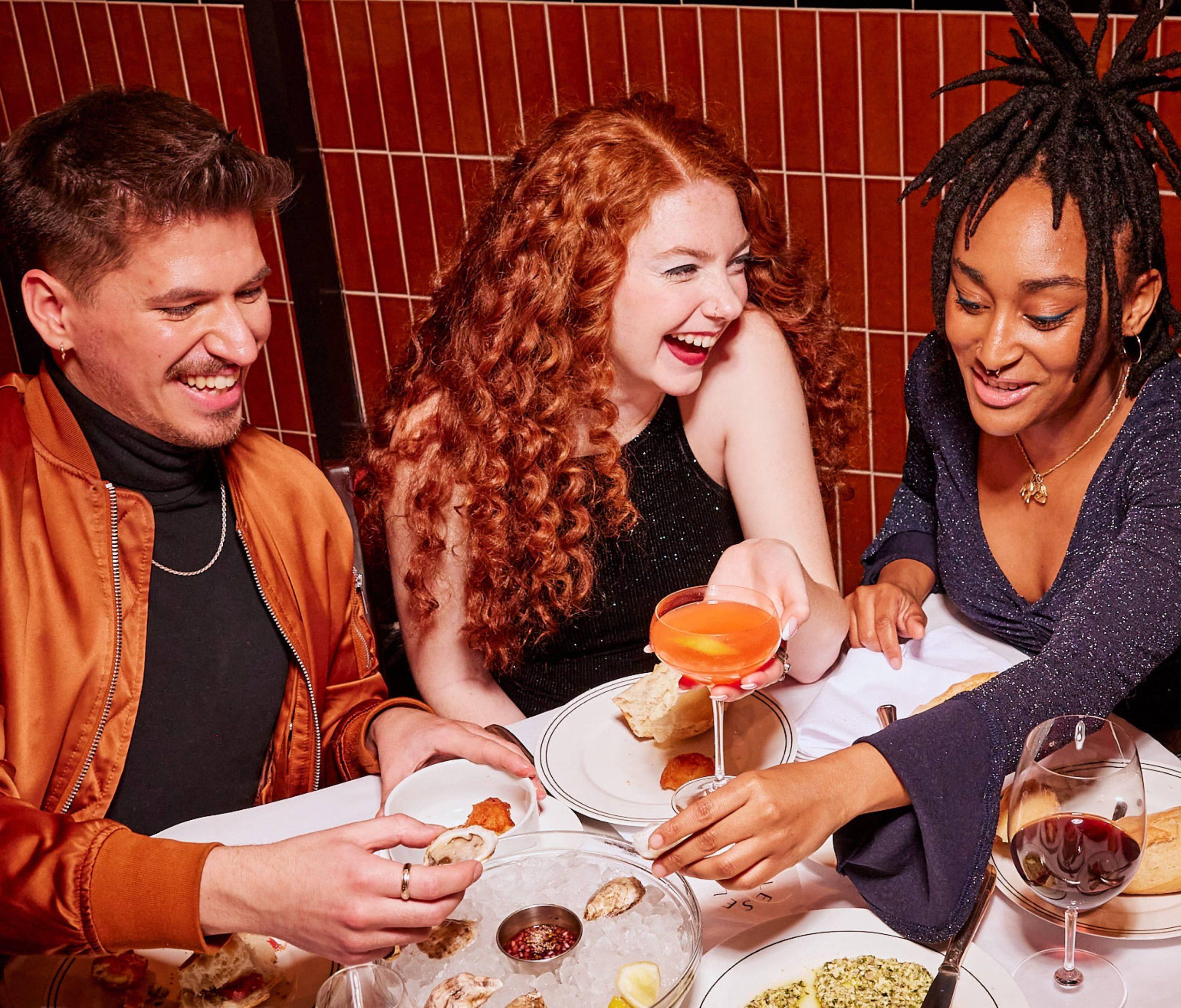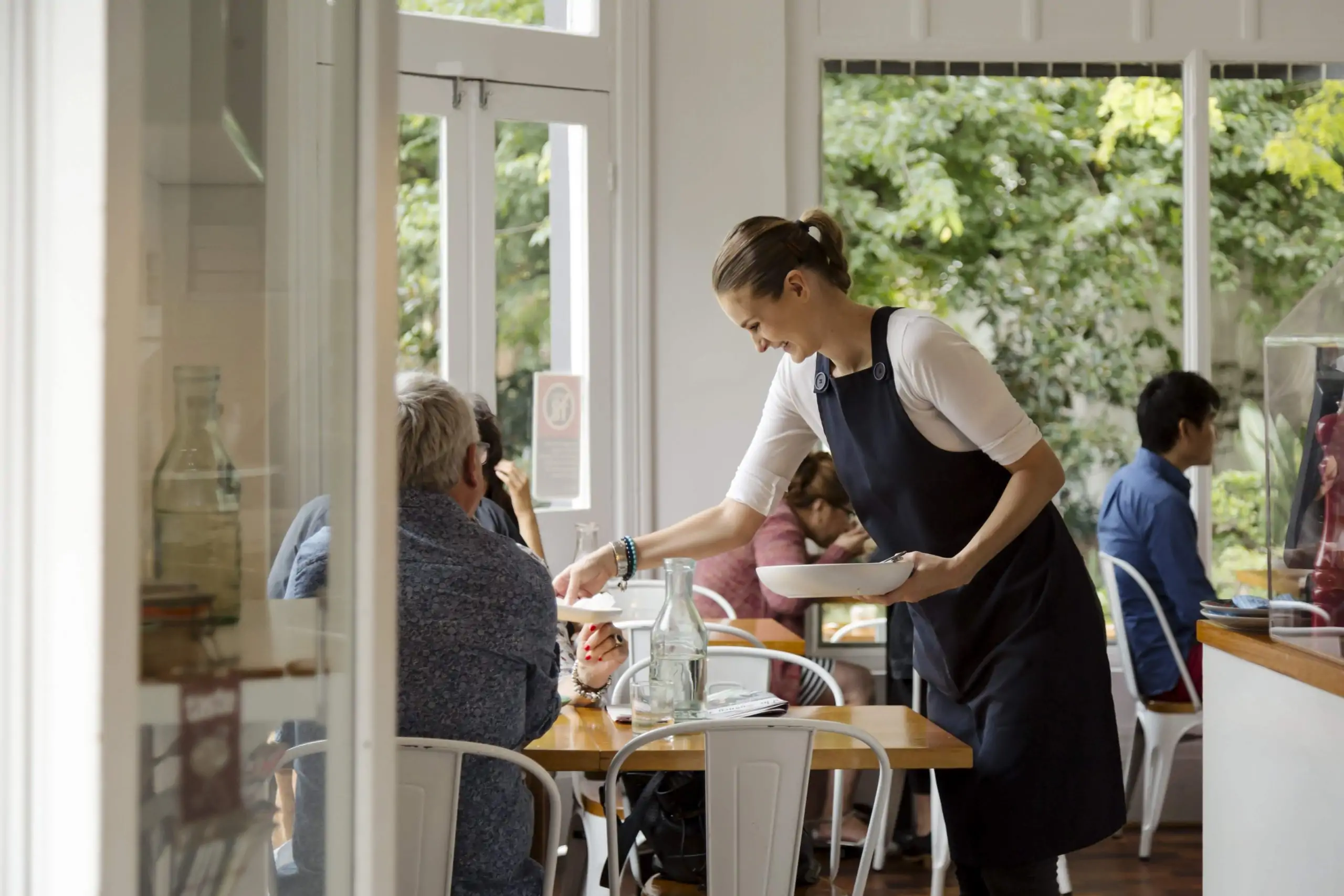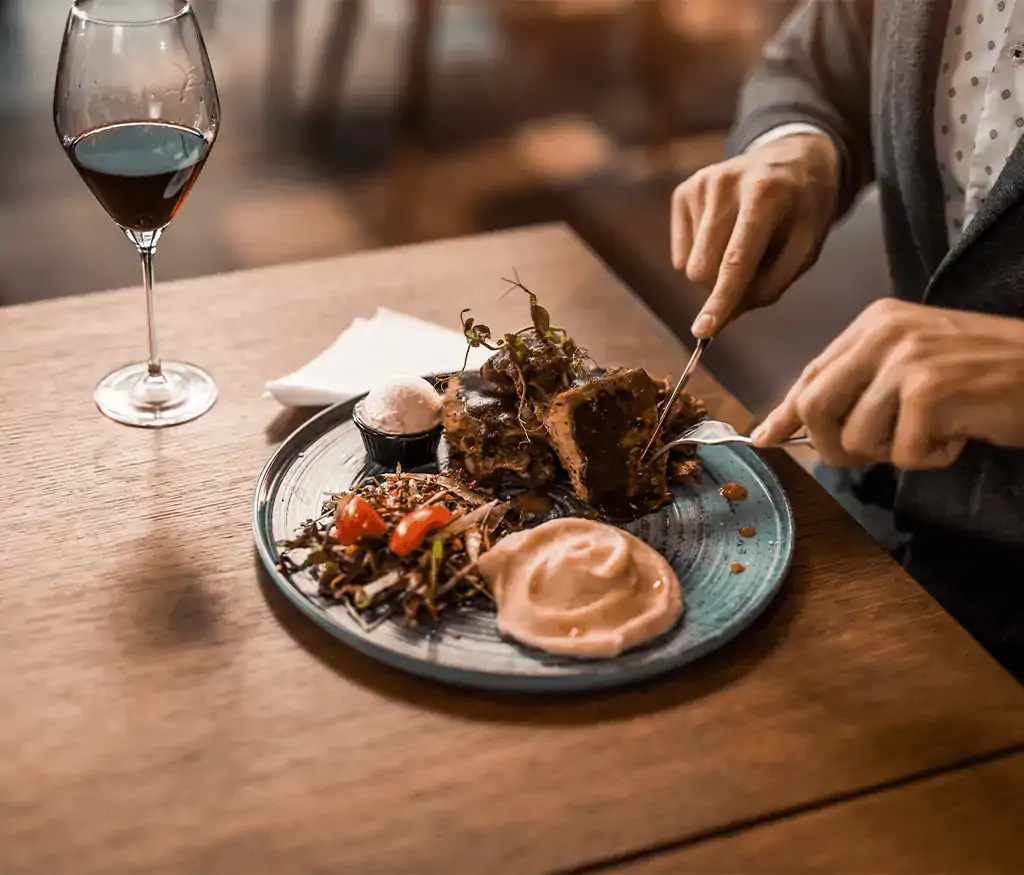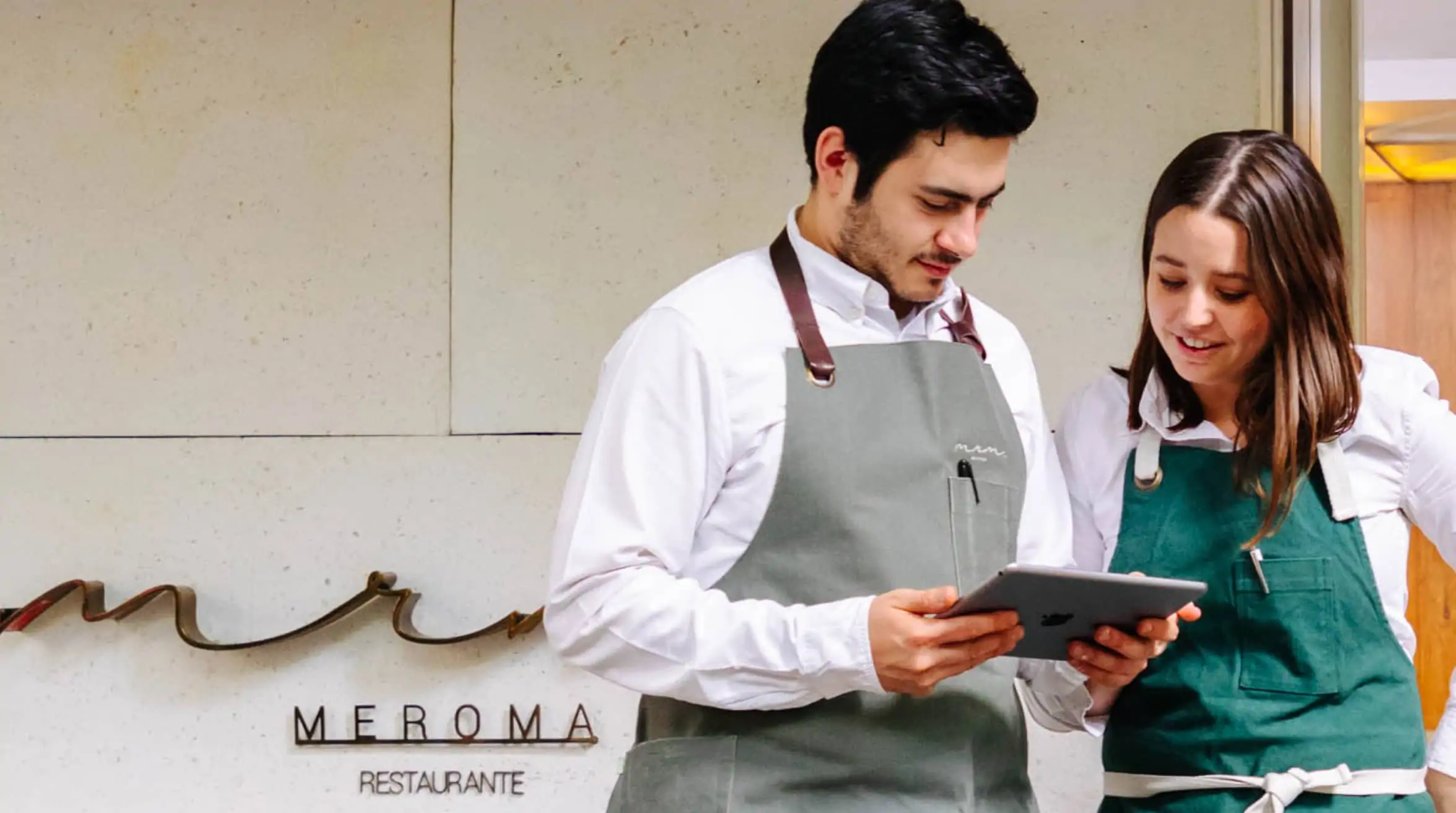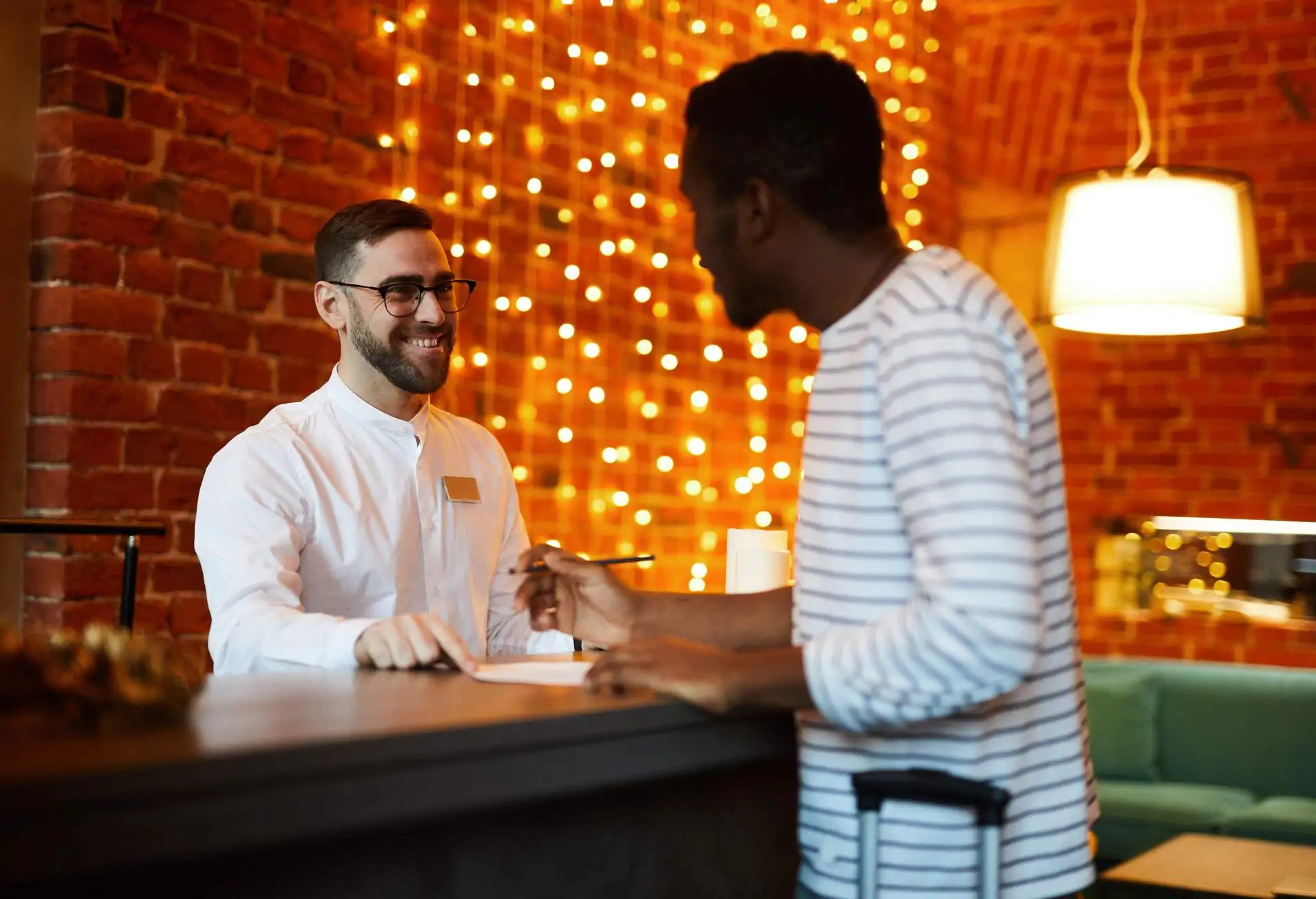OpenTable partnered with Kristen Hawley, founder of the popular Chefs + Tech newsletter, to create the How to Grow & Thrive in the Restaurant Business e-book, the ultimate guide to serving guests and growing your business at every phase of a restaurant’s lifecycle. We’re sharing excerpts from each stage, so follow along and download the whole guide here.
“Other businesses open to make money. Restaurateurs work long hours for no money because they want this beautiful place. I’ve had to strike a balance between staying true to who we are and being willing to look at ways we can improve.” —Marc Russo
Initially, Russo didn’t set out to open a destination restaurant that was popular for special events. “Originally, it was going to be quite low-key. I wanted it to be an everyday luxury, but it turned out to be a wedding-anniversary-birthday-special occasion place. I’ve had to be very flexible with my idea.”
There’s a balance between responding to your guests and staying true to your vision, however. “You have to consider what makes you unique and what you don’t want to change or concede,” he continues. “There’s no definitive answer, but maintaining close relationships with customers helps.”
For Kristian Klein at Mr. Miyagi, the natural response to a crowded restaurant was to open a bar next door. “We run this fine line telling people to come try our restaurant, but when they get here they can’t get in,” he says. “People were happy to wait, but there wasn’t a good place to send them. We realised we were missing out on a lot of business, and upsetting them in the process.”
When the opportunity came to expand into the adjoining building, the team jumped at the chance. “We thought there would be no way we could do it—the buildings have separate landlords and we had to knock down a wall. Luckily they were both open to it.”
- Stay ahead of the market. This is where listening to your guests is crucial, because they tell you when and how they want to eat. Are they sharing dishes? Ordering multiple appetisers with waves of cocktails? This changes over time.
- A new location is an opportunity to tweak your formula. Adjust your menu, serving style, or elements of your restaurant’s decor to the second location. A second location can be an opportunity to A/B test all of these things—especially if you’re curious how guests will respond.
- Anticipate guests’ preferences, but respond retroactively if you have to. This is part of being flexible and willing to change within the constraints of your brand. For example, certain menu items or ingredients might perform well in a restaurant’s original location but won’t translate to new diners in a new city. Be prepared for this feedback—especially if it could impact a signature menu item that you consider important to the brand.
Download the “How to Grow and Thrive in the restaurant business” guide for more tips.
Photos courtesy of Mr. Miyagi.
